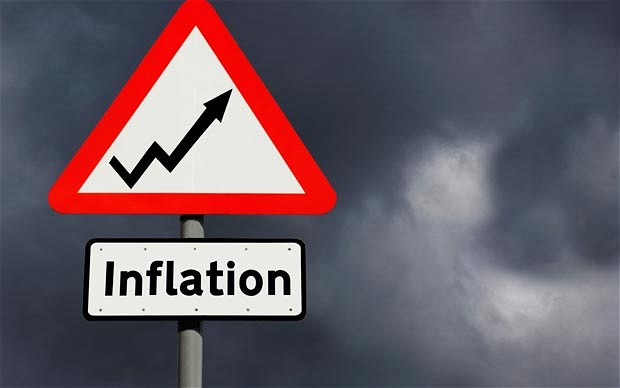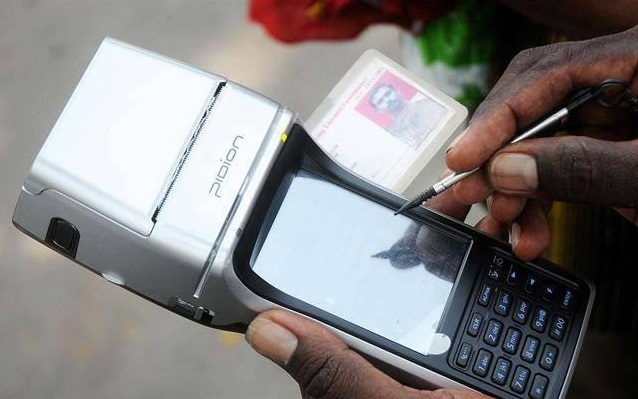Annual inflation for May rises to 0.75pc

Senior Business Reporter
ZIMBABWE’S annual inflation rate for May rose to 0.75 percent after gaining 0.27 percentage points on the April rate of 0.48 percent, latest data from the Zimbabwe National Statistics Agency (Zimstat) shows.
Zimstat yesterday indicated that the month-on-month inflation rate was 0.03 percent in May 2017 shedding 0.02 percentage points on the April 2017 rate of 0.05 percent.
“This means that prices as measured by the all items Consumer Price Index (CPI) increased at an average rate of 0.03 percent from April 2017 to May 2017.
“The year-on-year inflation rate for the month of May 2017 as measured by all items CPI stood at 0.75 percent, gaining 0.27 percentage points on the April 2017 rate of 0.48 percent,” it said, adding that this also means that prices as measured by the all items CPI increased by an average of 0.75 percentage points between May 2016 and May 2017.
The year-on-year food and non-alcoholic beverages inflation prone to transitory shocks stood at 1.92 percent while the non-food inflation was 0.21 percent.
Zimbabwe, which has been in a deflationary mode since September 2014, moved out of that position in February this year for the first time.
The shift from deflation was largely due to competition from cheap imports, international oil price slump as well as low disposable income.
In addition, the expected strong agricultural outturn as a result of the heavy rains the country received in the 2016/17 summer cropping season has also been highlighted as a force behind the movement from deflation.
Estimates indicate Zimbabwe’s rate of inflation is expected to average 1.1 percent by the end of the year.
The Reserve Bank of Zimbabwe introduced bond notes into the economy last year with a view to encouraging exports and the monetary authority has vowed that it will not flood the market with the surrogate currency to avoid fuelling inflation.
Bond notes are at par with the United States dollar and guaranteed by a $200 million Africa Export Import Bank facility.
With Zimbabwe using a basket of multi-currencies, primarily the United States dollar as a medium of exchange, the country has since last year been facing banknote shortages as a result of a combination of hoarding and externalisation.
With exports being the main source through which Zimbabwe earns its foreign currency, the RBZ is giving an incentive of up to five percent of the value of export earnings to companies that sell their goods outside the country.









Comments